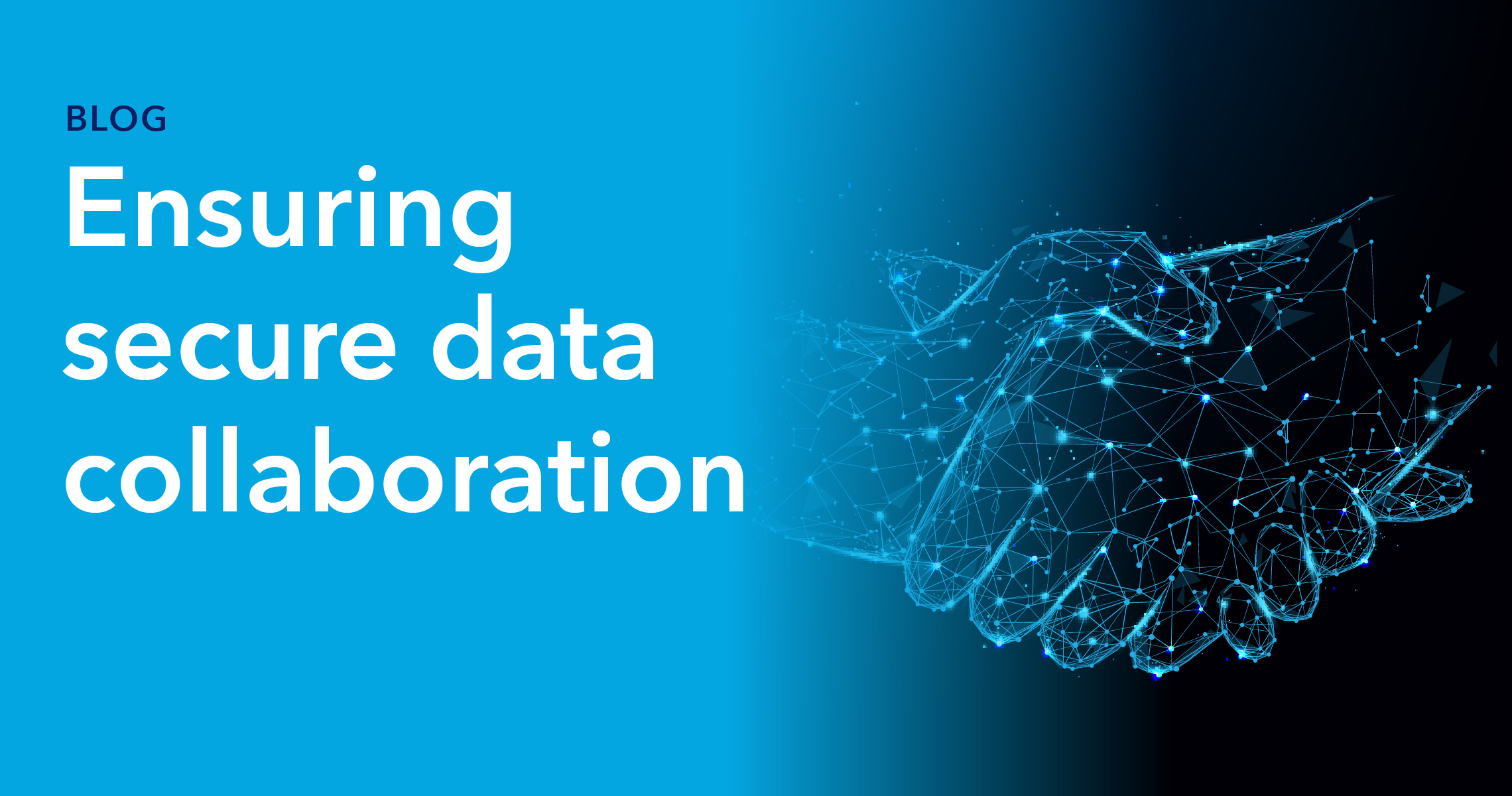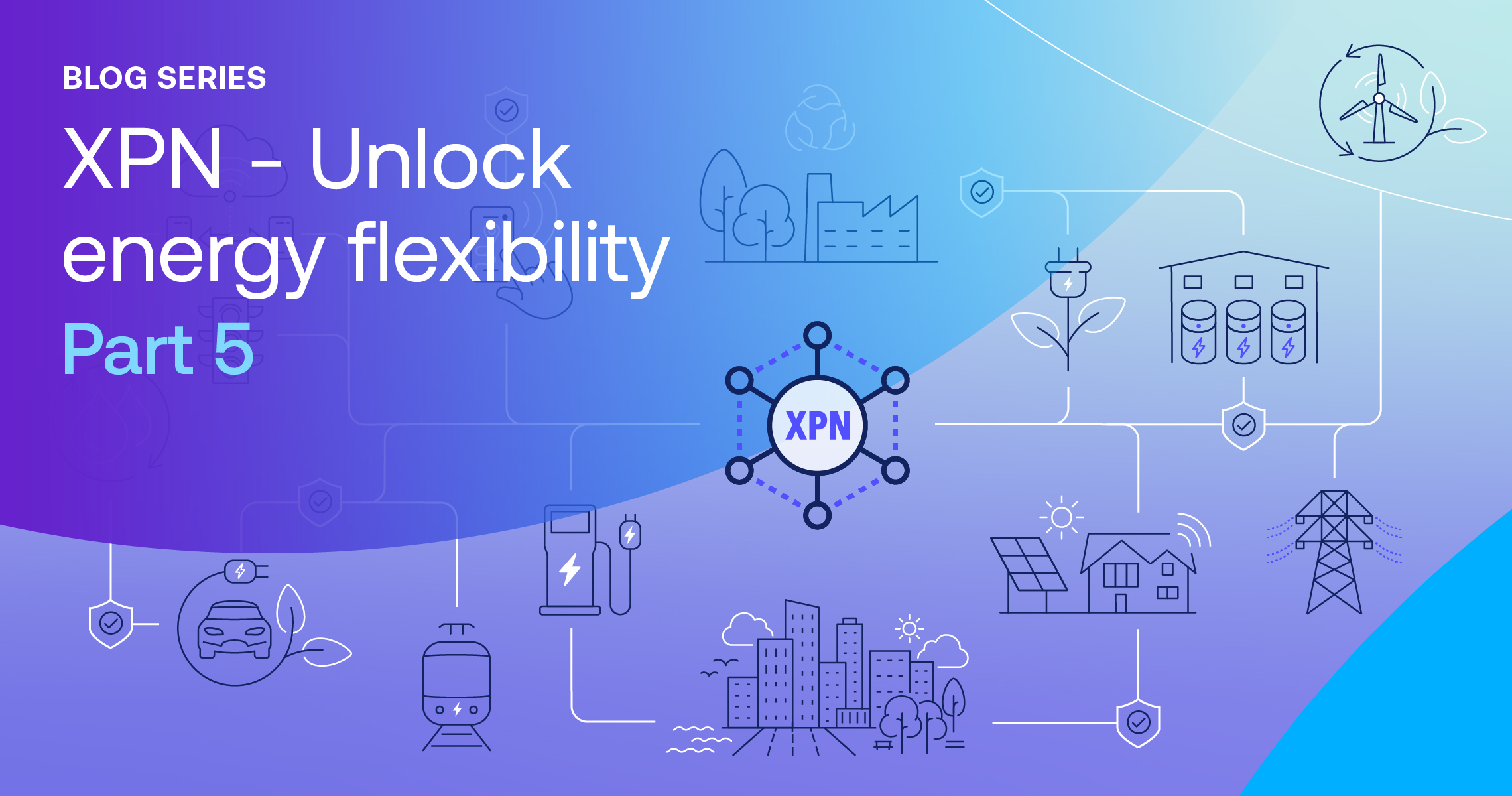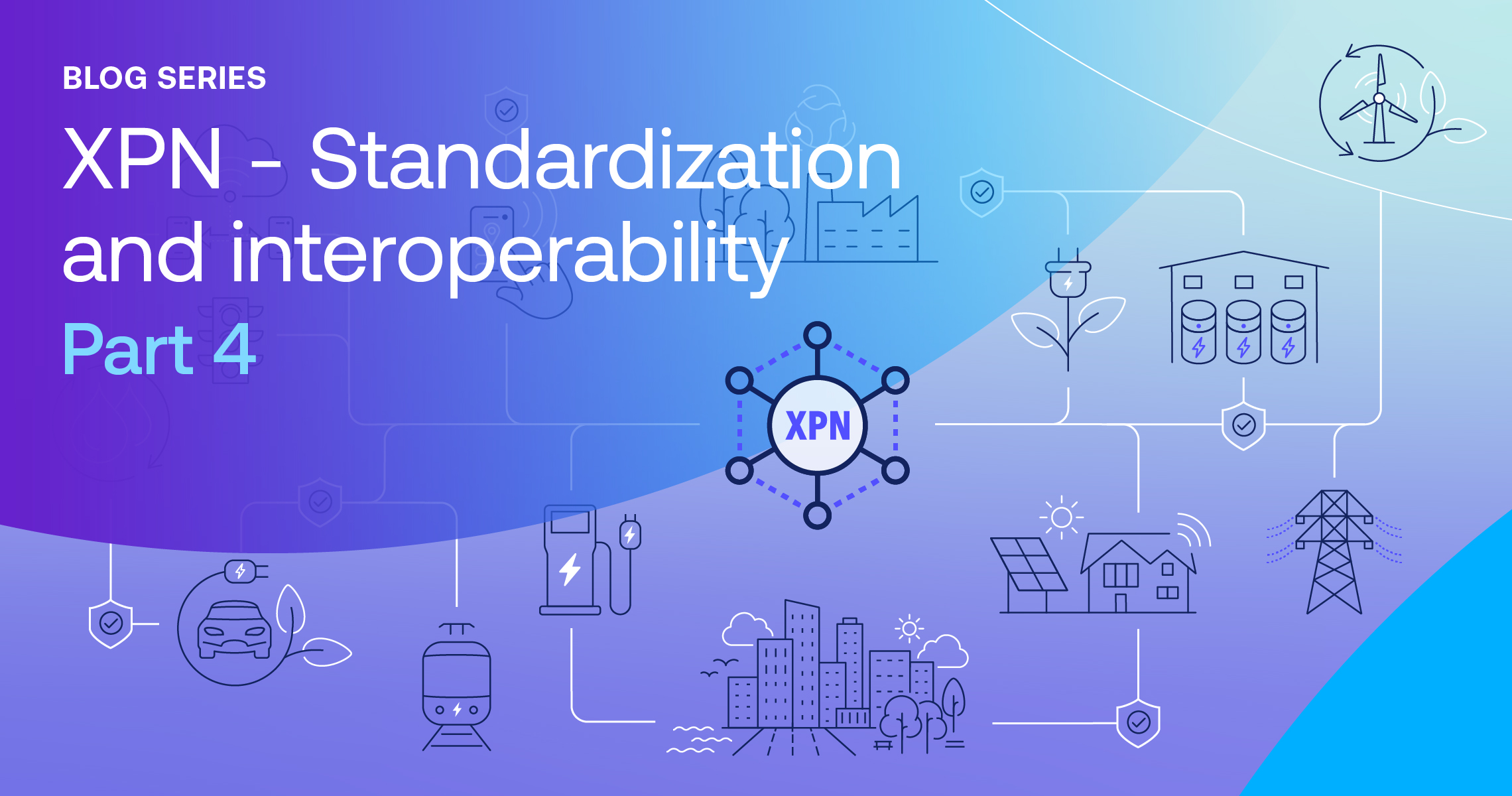- To harness the power of their data, utilities must make internal and external collaboration smoother, simpler, and more secure.
- Building in-house data services to cover the collection, storage, and analysis of their data isn’t feasible for most utilities.
- The solution to the gap between IT capacity and demand is using secure data collaboration tools to streamline access and provide robust security.
- The Intertrust Platform is designed to make data operations easier. It enables secure data collaboration across the organization and with external partners.
The rise of the digital utility
Power utilities are positioned to be one of the leading beneficiaries of the growing digital and data revolution. Yet, currently, they are lagging when it comes to digitalization. This means that utilities are missing out on the considerable potential benefits from data-driven deployments, including:
- Service delivery improvement: Better data collection and analytics can influence outage prevention and optimize customer pricing.
- Cost reduction: Predictive maintenance, load optimization, monitoring crew productivity, and reducing line-loss are all ways that power utilities can trace cost leakages and eliminate them.
- Broadened revenue streams: The huge market for new products in the field of digital energy is growing every year. This market, which includes smart home energy management, is already worth billions. The data held by utilities gives them a natural advantage in creating and marketing smart products.
- Smart grid management: The distributed power generation of the future requires a flexible digital infrastructure with vast amounts of data to manage power production and distribution.
To take full advantage of the opportunities provided by digital transformation, utilities must embrace data’s potential and become digital utilities. That means investing in secure data collaboration.
The potential of data
Digital utilities already have access to data on how energy is produced, distributed, and used. The possibilities for improved revenue and reduced costs may be huge, but the likelihood of disruptive competition from digital-native behemoths such as Tesla or Amazon is also increasing. For this reason, utilities need to start moving purposefully and swiftly into the data-driven world.
The first step is accounting for utility data. In many cases, data is siloed and inaccessible for analytics or secure data collaboration with partners. For example, a large national utility may have thousands of employees across their production, distribution, maintenance, and customer service units. They may also have many decades of household energy usage, billing, tariff, and (increasingly) smart meter and other demographic data.
But how can they make data analysis possible? First, the utility must somehow collate the data in the same format and in an accessible storage capacity. Unsurprisingly, this type of cumbersome effort often involves an entire infrastructure and supporting department. Of course, in an ideal world where every unit works fine individually, the non-sharing of critical data or glacially slow extraction of business intelligence would not impede secure data collaboration. In the real world, however, the opportunity cost of underused data is staggering.
The next step for a digital utility is putting data to use and maximizing its value. This requires unifying and combining data from different formats, types, and locations to give a real-time, unified view of the organization’s data holdings. In addition, it requires understanding of how the data can be used to enhance their business offering. That’s where secure data collaboration comes in.
Why secure data collaboration is a must
It’s clear that digital utilities must make internal and external collaboration simpler if they want to harness their data’s transformative capabilities. Internally, units need to coordinate data-driven actions, such as nudging consumers towards consumption that optimizes load or reduces maintenance needs. For external collaborations, the possibilities are endless. Collaboration opportunities range from the standard linkage between individual distributed energy resources (DERs) to working with electric vehicle (EV) producers to coordinate optimal charging point facilities.
Additionally, utilities must be able to use their data across the organization. To maximize data value, they must also integrate data insights from collaborators to fill any information gaps. Unfortunately, secure data collaboration also faces obstacles, including:
- Lack of appropriate architecture: This can lead to breakdown of analytics functions, resulting in incorrect insights.
- Regulatory constraints: There are strict privacy regulations around the sharing of consumer data, including the GDPR in Europe and the California Consumer Privacy Act.
- Access controls: Identity-based rules need to be in place to ensure the right people are viewing the right data.
- Secure execution: Third-party analytics products can expose the utility to the security risk of data breaches.
How Intertrust helps digital utilities maximize data value
As utilities weigh decisions on how to implement their data operations platforms and infrastructure, they must answer the question of “buy versus build.” For most utilities, building in-house data services to cover the collection, storage, and analysis of their data isn’t feasible in the short- to medium-term. On top of this, external collaboration and the need for extra data security put huge pressure on existing IT resources, especially those who have not fully embraced the field’s increasingly digital nature.
The solution to the gap between IT capacity and demand is using secure data collaboration tools to streamline access and provide robust security. The Intertrust Platform™ is designed to do exactly that, effectively addressing the pain points that prevent power utilities from maximizing the value of data.
The Platform provides several features which enable better data usage, including:
- Secure data collaboration: Fine-grained access controls allow complete oversight over how data is shared and what collaborators can see and do with the data.
- Data virtualization: Enabling access to all data, regardless of format or source, a virtualized data layer allows data functions to work on the data they need when they need it.
- Secure containers: Data is containerized, reducing risk while working with third-party analytical products.
- Compliance add-ons: Access to additional tools ensures strict compliance to local regulations.
Invest in secure data collaboration today
A data-driven world presents great potential for digital utilities, but they are faced with considerable obstacles. Fortunately, the Intertrust Platform is designed to make data operations easier and enable secure data collaboration across the organization and with external partners.
To find out more about how Intertrust Platform can help your organization embrace the data revolution, download our white paper The digital utility: ensuring success in a multi-stakeholder environment or get in touch with our team.
Editor’s note: This blog was originally published in March, 2021. It has been revised and updated.
About Abhishek Prabhakar
Abhishek Prabhakar is a Senior Manager ( Marketing Strategy and Product Planning ) at Intertrust Technologies Corporation, and is primarily involved in the global product marketing and planning function for The Intertrust Platform. He has extensive experience in the field of new age enterprise transformation technologies and is actively involved in market research and strategic partnerships in the field.




